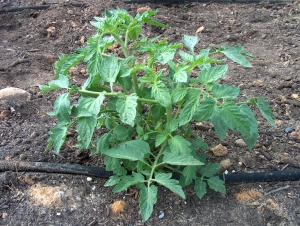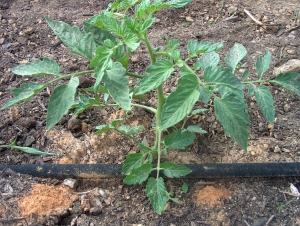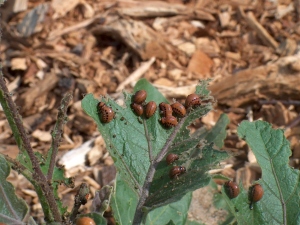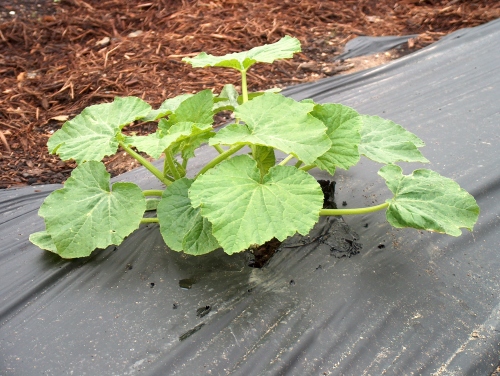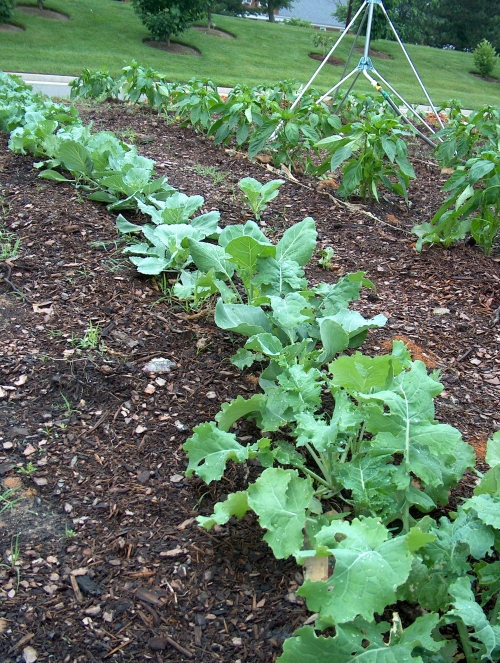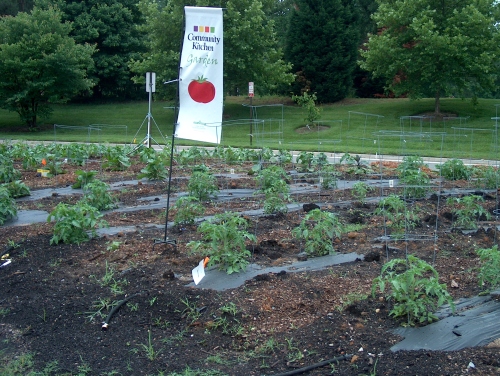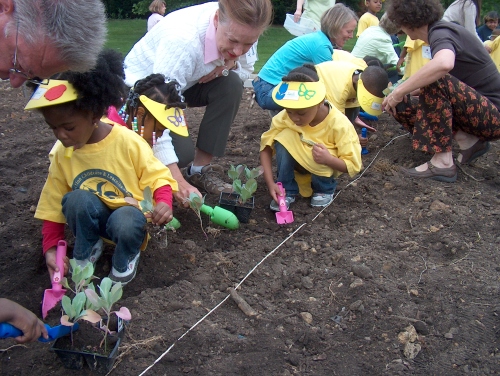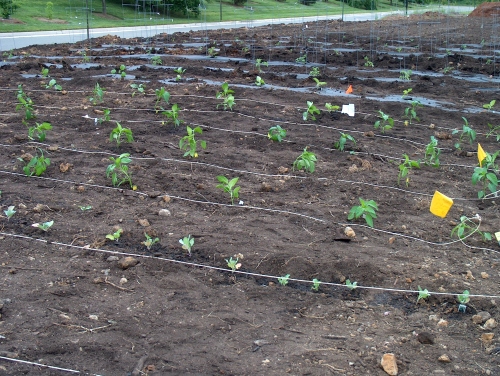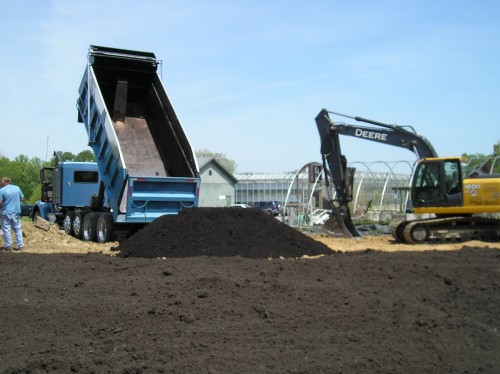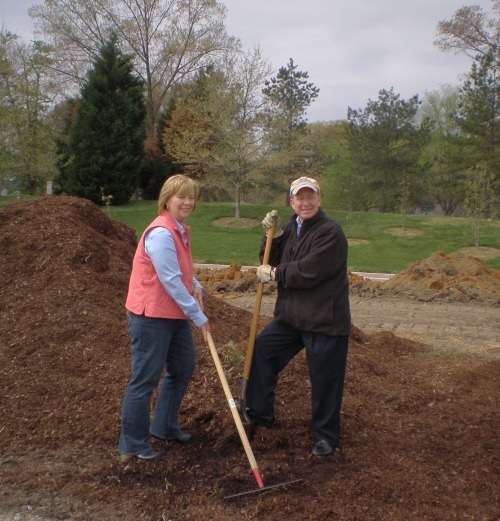Community Kitchen Garden: First Harvest!
by Janine Butler, garden volunteer
The volunteers and staff continue to work hard in the vegetable garden; weeding, mulching, feeding, watering and what not, and finally we are starting to reap the rewards!
Last week the first harvest was picked and delivered to Central Virginia Foodbank/ FeedMore, the recipients of all the food we’re growing here at Lewis Ginter Botanical Garden. A bounty of 182 pounds of yellow squash, zucchini, eggplant and cucumbers were hand delivered by Karen Clowers, Horticulture Department Coordinator at Lewis Ginter.
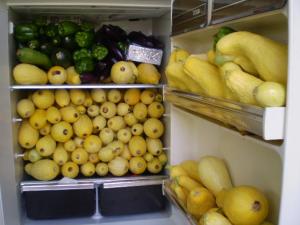
A fridge full of goodies
This week we continued to harvest, and should have at least double the amount we delievered last week. Some of the zucchini got huge in just less than one week!
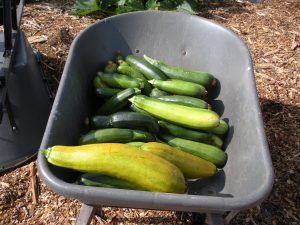
Super zucchini!
We may have to harvest more frequently; we would prefer the zucchini to be a little smaller than these whoppers as they will taste and cook better.
Included in the first delivery was a whole bunch of cucumbers (what’s the collective term for lots of cucumbers? How about a ‘cool of cucumbers’… ) We didn’t grow the cucumbers onsite at Lewis Ginter. Instead another regular garden volunteer donated them. We love this! In fact, anyone who is growing vegetables at home and has a bumper crop can donate their extra veggies. Drop them off at the visitor center here at Lewis Ginter and we will take them to the foodbank along with our contributions. We would prefer donations to be dropped off on Saturday or Monday mornings, 9am-12pm, as we will be making deliveries to the foodbank later in the afternoon. Scheduled bulk deliveries help the chefs’ plan out meals and use the vegetables more efficiently. However, if it is more convenient you can take your donations directly to the foodbank on any day and the chefs will utilize them in the salad or vegetable dish of the day.
More pictures:
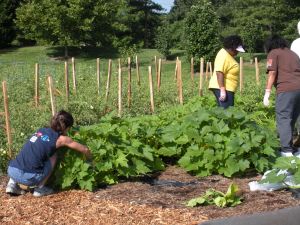
Volunteers harvest squash
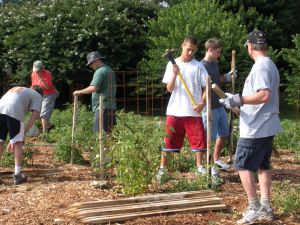
Volunteers put in stakes to help support tomatoes
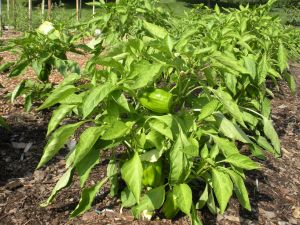
Peppers almost ready for harvest
